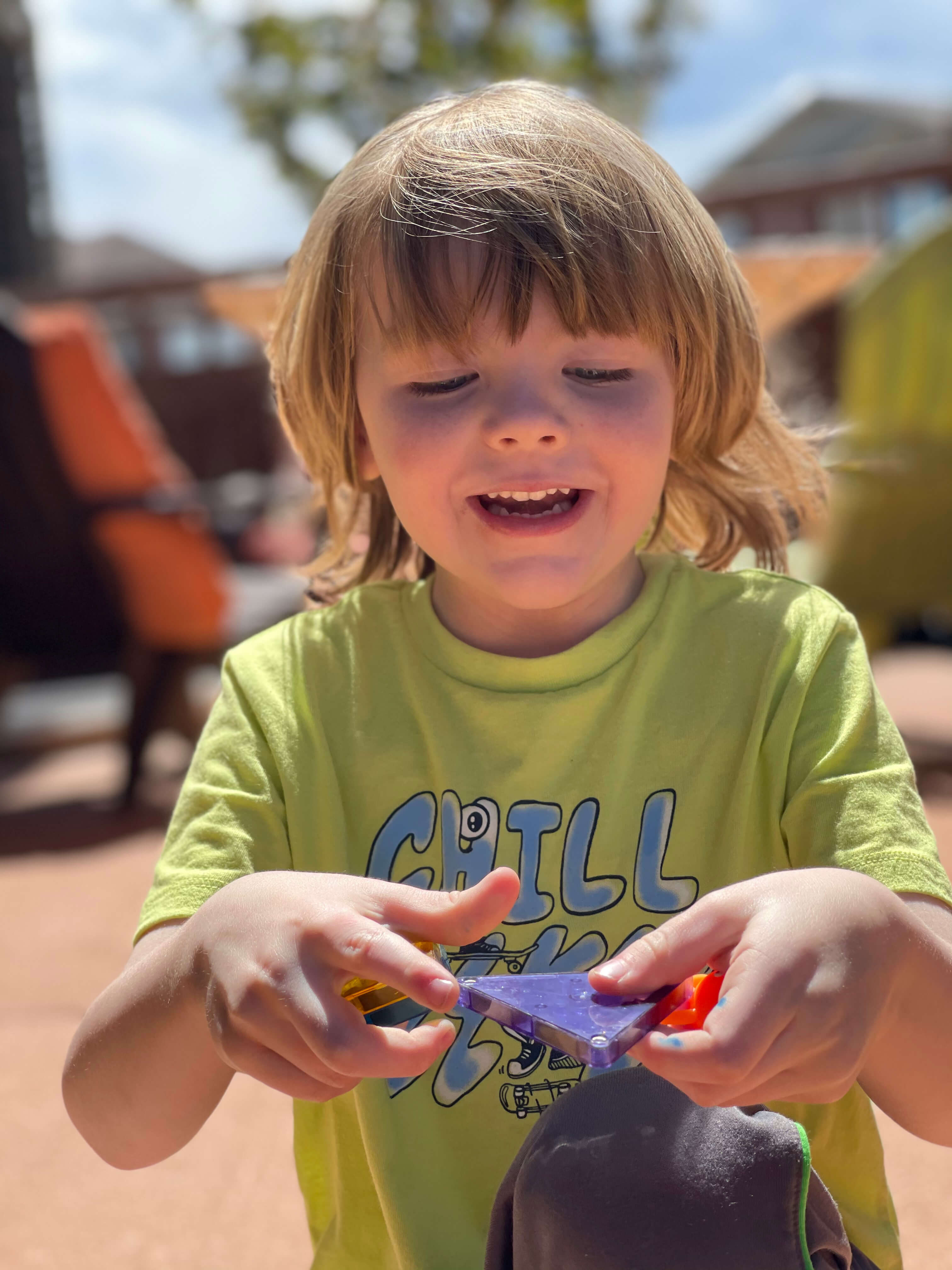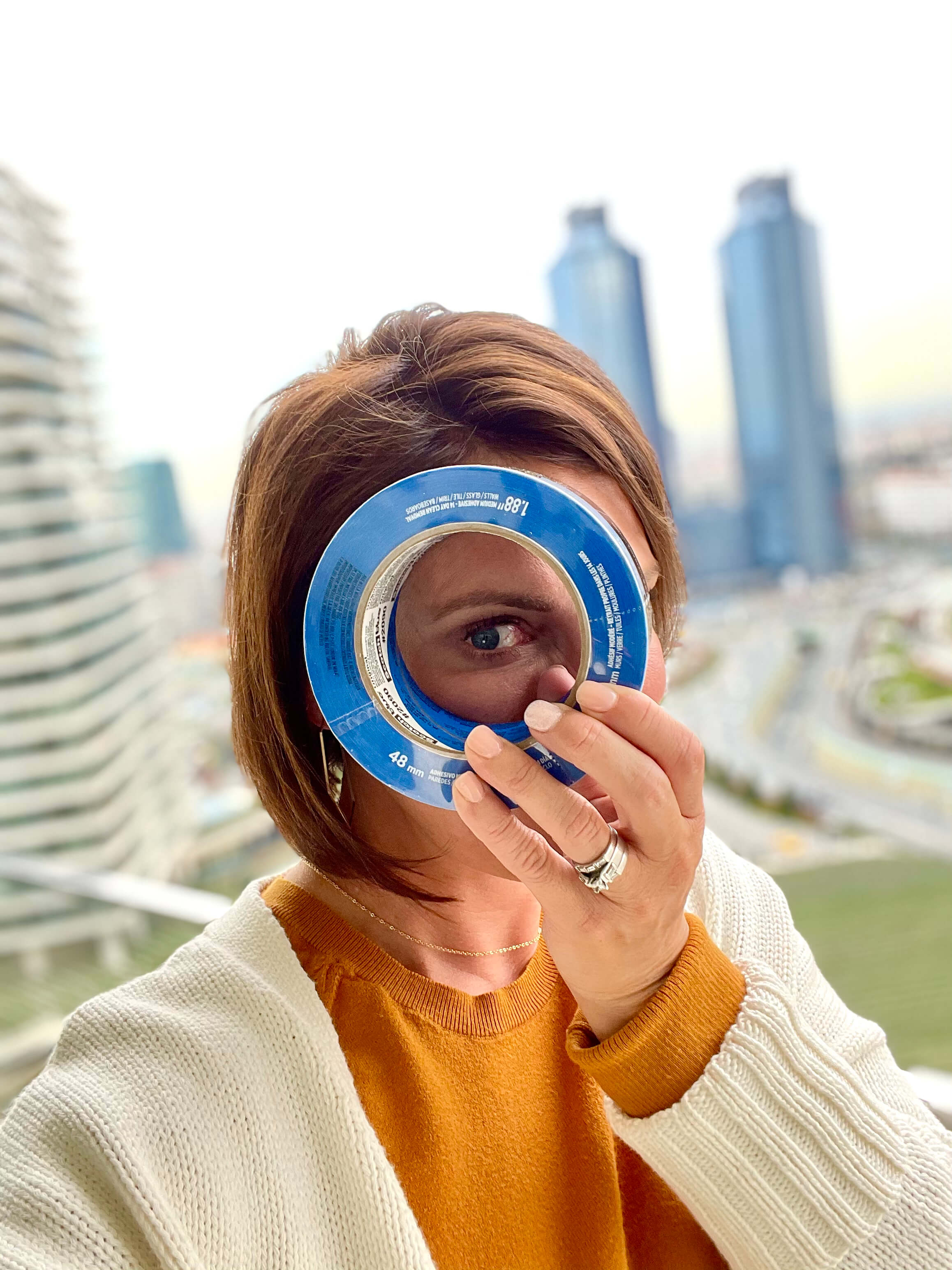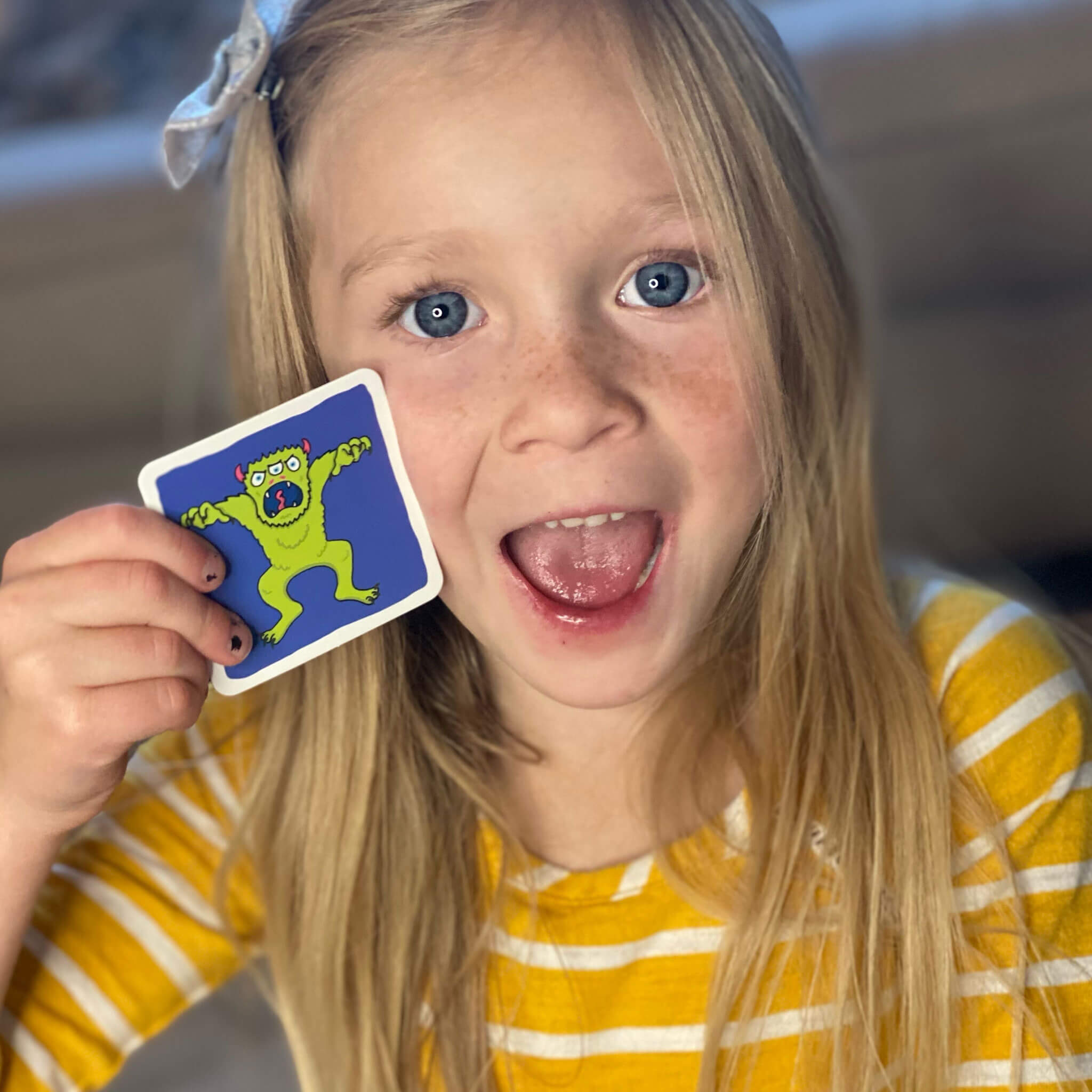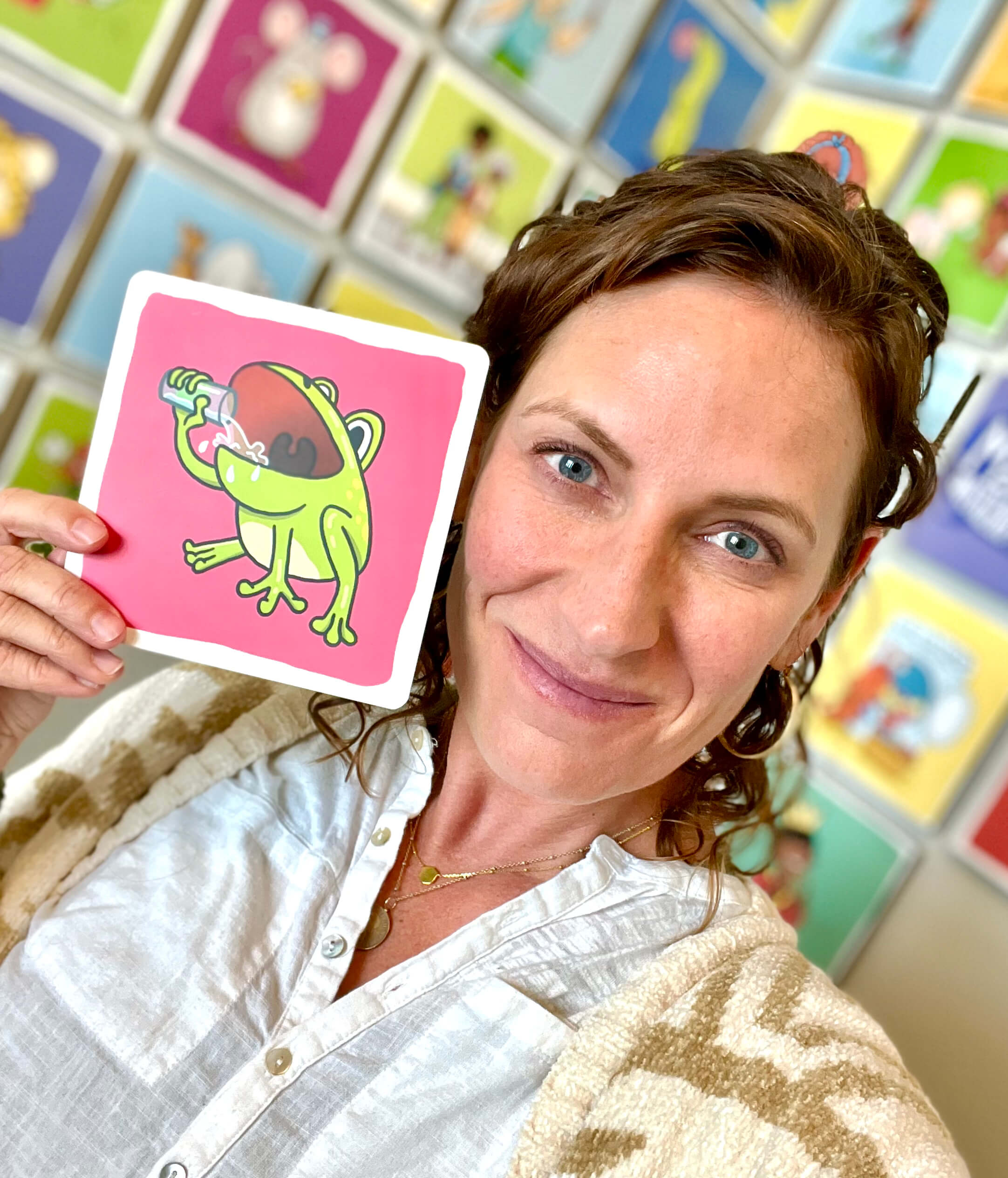
Understanding CAS
Childhood Apraxia of Speech (CAS) is a neurologically based motor speech disorder that disrupts the planning and programming of the movements necessary for speech.
Children with CAS typically present with:
- Inconsistent errors on consonants and vowels
- Difficulty with transitions between sounds and syllables
- Atypical prosody (rhythm, stress, intonation)
These challenges are not due to weakness, but to impaired motor planning. CAS requires a motor-based therapy approach, grounded in principles of motor learning.
Jennie Bjorem has spent her career specializing in CAS, developing clinician-friendly tools, and training thousands of SLPs worldwide in evidence-based, child-centered practices.

Identifying CAS
Differential diagnosis can be challenging, particularly with very young children or those with co-occurring conditions.
Discriminative markers often include:
- Voicing errors
- Prosody: segmenting, stress errors
- Vowel distortions
- Articulatory groping
Tools such as the Bjorem Speech® visual cueing and decision guides—developed under Jennie Bjorem’s leadership—help clinicians make more accurate diagnoses and treatment plans.

Evidence-Based Treatment Approaches
The strongest research supports methods based on the principles of motor learning. Key principles of motor learning—such as varied practice, distributed practice, and high response frequency—guide effective intervention. Dynamic Temporal and Tactile Cueing (DTTC), Rapid Syllable Transition Treatment (ReST), the Nuffield Dyspraxia Programme (NDP3) and Speech Motor Chaining have the strongest research support for treating CAS.
Effective therapy is:
- Individualized & intensive (multiple sessions weekly)
- Multisensory (visual, tactile, and auditory cueing)
- Dynamic (flexible cueing levels)
Through her clinical work and training, Jennie Bjorem has championed the importance of high-frequency, motor-based therapy and has created widely used visual cueing cards, target selection guides, and clinician supports to translate research into practice.

CAS Research Highlights
DTTC with Young Children (Grigos et al., 2024)
Children ages 2.5–5 showed significant improvements in word accuracy and generalization after six weeks of DTTC. Gains were maintained at follow-up.
DTTC, ReST, NDP3 and Speech Motor Chaining as Evidence-Based Approaches (McCabe et al, 2024; Morgan et al, 2018; Murray et al, 2014)
Systematic reviews and evidence summaries consistently cite these approaches as strongly supported treatments for CAS, aligning with principles of motor learning.
Treatment Intensity Matters (Iuzzini-Seigel et al., 2023)
High-frequency DTTC therapy led to faster gains and stronger generalization than low-frequency treatment.
Jennie Bjorem and Breanna Waldrup actively integrates these research findings into their professional trainings and resources, ensuring clinicians have practical tools rooted in evidence.
Moving the Field Forward
Bjorem & Bolles was founded on the belief that bridging research and clinical practice leads to better outcomes for children. With Jennie Bjorem’s leadership in the field of Childhood Apraxia of Speech, we are building a Training Center, advancing professional learning, and equipping SLPs worldwide with the knowledge and tools to help every child with CAS find their voice.